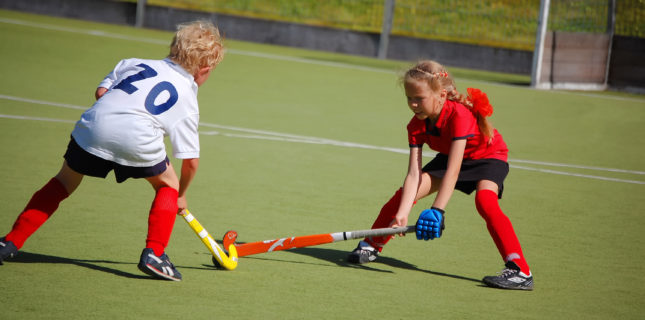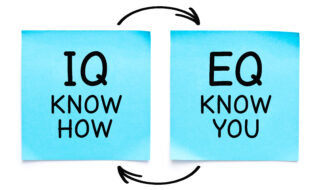
Knock Knock. Who’s There? A Concussion!
Did you know that over 20 visual skills can be impacted by a knock on the noggin? Because of that, a concussion, also known as a mild traumatic brain injury (mTBI), is often first seen by an eyecare professional.
Tip: Think beyond football. The riskiest sports for young women, for example, are soccer, field hockey, and cheerleading.
DEFINITION
What exactly is an mTBI? According to the U.S. Centers for Disease Control and Prevention, it’s “a complex pathophysiologic process affecting the brain, induced by traumatic biomechanical forces secondary to direct or indirect forces to the head.” In simpler terms, they’re caused by “a blow or jolt to the head that disrupts the function of the brain.”
STATS
How common are they? According to the CDC, “An estimated 75% to 90% of the traumatic brain injury (TBI)-related emergency department visits, hospitalizations, and deaths are concussions or other forms of mTBI.” That’s huge, but only a drop in the bucket, as the CDC reports that most mTBI cases are never treated in a hospital. That puts even more of the onus on eyecare professionals, who often see these patients first due to what turns out to be vision problems due to concussion.
ASSESSMENT
The most likely vision-related problems patients experiencing a concussion may complain about are: tired eyes, double or blurred vision, light sensitivity, difficulty maintaining focus, problems with tracking and other eye movements, and visual field loss. Other issues, related more to activities, include: problems reading, complaints that words are moving, or difficulty with concentration or memory.
TREATMENT
The American Optometric Association (AOA) addresses several steps practices should be taking.
- EDUCATE. Make sure parents and, of course, staff understand that concussion can result from all sports, not just football. The riskiest sports for young women, for example, are soccer, field hockey, and cheerleading.
- TEST. When diagnosing a concussion, the AOA suggests you “go beyond visual acuity, visual field, and visual motor tests. Examine a patient’s visual thinking process, including spatial orientation, visual memory, and problems with figure-ground organization.”
- EXAMINE. Stress the importance of regular exams to patients, young and old, who participate in contact sports.
- REFER. Stay up to date on retina specialists and neurologists to whom you may want to refer patients.
TRAINING
Tell patients why visual training for serious athletes, even young ones, can make a difference in both performance and injury avoidance. At the University of Cincinnati, researchers studied the frequency of concussions among athletes before and after they underwent visual training. The results were dramatic. The average annual concussion rate fell by over 80 percent between athletes tracked in pre-vision training years and those followed in post-vision training years. So, what can you do outside of your practice? Get that word out in your community, especially to people helping organize kids’ sports.
How do you discuss visual system problems related to sports and outdoor activities? Tell us and share in the Facebook conversation here.
Comments are closed.









